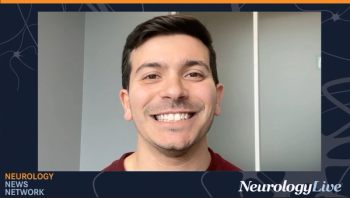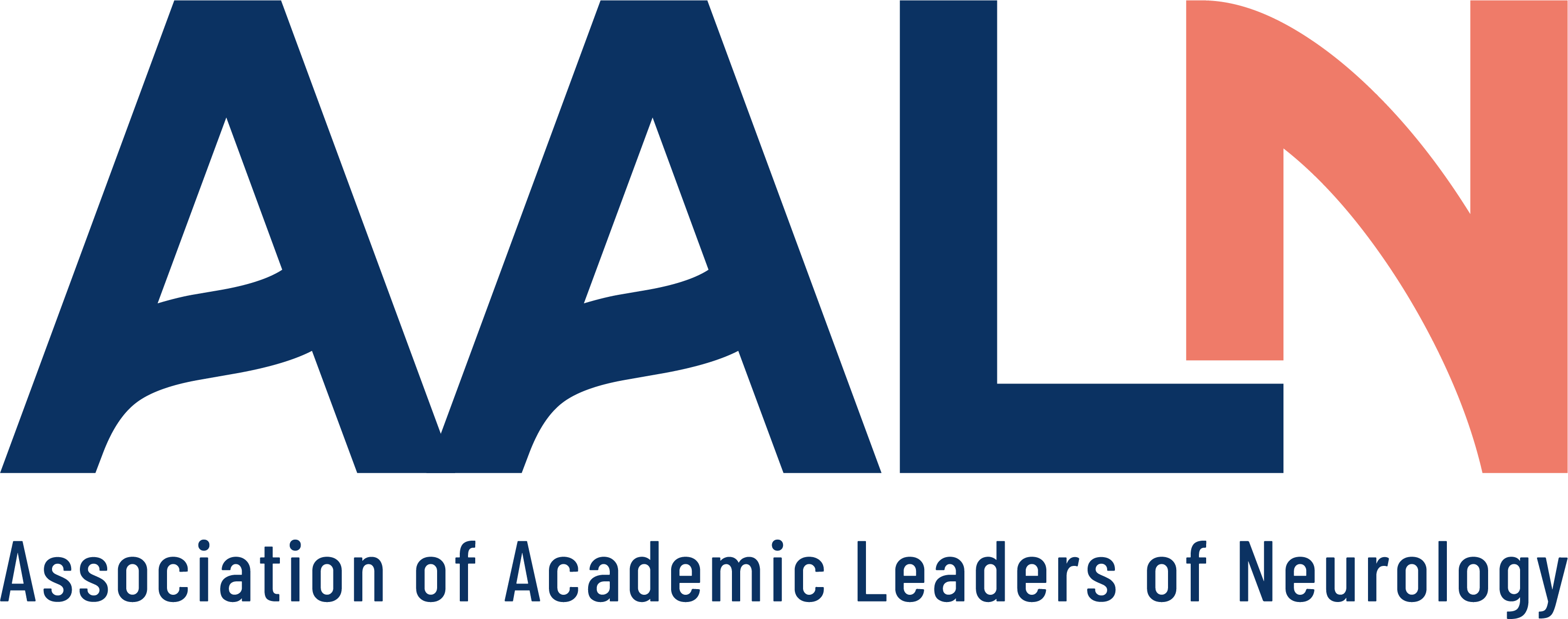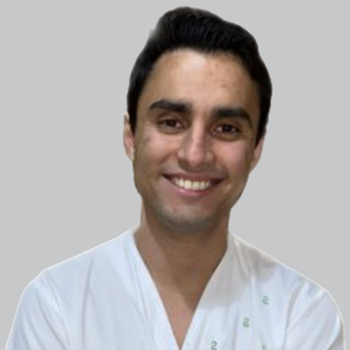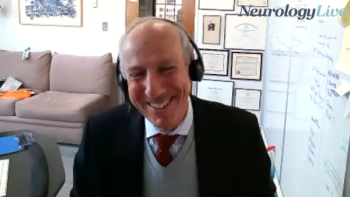
NeuroVoices: Claire Henchcliffe, MD, DPhil, on Rebranding the AUPN and Takeaways From the 2025 Meeting

In this post-meeting Q&A, Claire Henchcliffe, MD, PhD, president-elect of the AALN, shared her reactions to AALN’s second annual meeting, the conversations that mattered most, and how the group plans to broaden and support neurology leadership in the year ahead.
The newly branded
During the meeting, neurology department chairs, program directors, and educators gathered to exchange ideas on academic leadership. Workforce development, and the state of neurological education, among others. Following the event, Claire Henchcliffe, MD, DPhil, president-elect of the AALN, sat down with NeurologyLive® about the organization’s rebrand, the key discussions that emerged, and how AALN is working to strengthen and diversify the next generation of neurology leaders. In addition, she spoke on some of the most notable sessions from the meeting, what lessons might be applicable for next year’s event, and the reasons and benefits for why clinicians should join the AALN.
NeurologyLive: Describe your reaction to the second annual meeting—how did it live up to expectations?
Claire Henchcliffe, MD, DPhil: As you alluded to, the tried-and-tested AUPN has been rebranded. We have a new vision and a new mission—we’re now the AALN, pronounced "All-In." This was only the second annual meeting we’ve held under the new name. It took place on Saturday, September 13, in Baltimore, in conjunction with our partners at the American Neurological Association, who were celebrating their 150th anniversary.
We started working on this second meeting pretty much right after the first because there was momentum and strong feedback. We had already built relationships with sponsors—thank you to our sponsors—but what really made this meeting even more exciting was the leadership of AALN President John England (LSU). He has pushed to broaden our leadership community and to welcome neurology leaders in many different roles.
Of course, department chairs remain central, but it’s no longer “chairs only.” We had outstanding contributions from clerkship directors, residency program directors, vice chairs, and we made a real effort to include voices from the VA and child neurology communities. I saw many familiar colleagues, but also a lot of new faces. What was especially gratifying was that, during and after the meeting, many of these non-chair participants reached out wanting to get involved—they brought energy and ideas for what we might do between now and the next meeting, and at the meeting after that.
It surpassed my expectations. We ended the day with a jointly sponsored reception that closed the AALN meeting and kicked off a spectacular session for the ANA’s 150th. I left feeling energized and confident—not just in our current leadership team, but in developing the next generation of leaders.
With so many perspectives in the room, what were the biggest conversations about neurology care and education?
A couple of sessions we piloted at the first meeting remained standouts. One was the N.E.A.T. session—Neurology Educators Advancing Teaching—led by Tracy Milligan, MD, and Roy Strowd, MD. As last year, they brought a lot of participation and focused on how we address current and emerging education challenges in neurology. It was energizing and drew in phenomenal leaders who aren’t necessarily chairs.
We also repeated the Women’s Forum. While the focus was on advancing women into leadership and breaking down barriers, the conversation broadened meaningfully. We moved beyond only the challenges women face to ask how we work together to develop leaders who are currently under-represented—so our leadership better reflects the communities we serve. It felt like more silos came down this year.
Another highlight: federal research funding. It’s been a huge topic this year as academic medical centers and leaders adapt to a new funding environment. John England invited Walter Koroshetz, MD, to give an update on NINDS initiatives. Walter has been a key figure at NINDS for nearly two decades and currently serves as director. The session provided insight from one of the most experienced research leaders in the country, but what made it special was the small-forum format. We could ask candid questions and spend time hearing directly from someone steering through previously unforeseen challenges in academic research. Many of us left feeling more confident—like we were seeing a steady course.
Looking ahead, what adjustments or additions are you considering for next year?
We’re narrowing in on a set of “must-have” sessions based on feedback: the chairs’ conversations, the Women’s Forum, and the NEAT education session. At the same time, we have to adapt. One important initiative that came up is how we address the nationwide neurologist shortage and our reliance—at least in part—on recruiting internationally trained physicians. If we’re bringing in extraordinarily talented clinicians, researchers, and educators, how do we better support international medical graduates (IMGs) and help them thrive?
Since AALN is focused on developing leadership, we’re asking how to expand that mission with a special focus on IMGs. More broadly, as the leadership community John England envisioned continues to widen, we expect and hope to see expanded attendance and more voices—not just established chairs, but rising leaders who are advancing impactful work in advocacy, education, research, and clinical care.
A call to action: Why should clinicians and neurologists join AALN now?
This meeting underscored the value of getting diverse leaders into one room. When you meet face to face, you share a vision, align priorities, cross-pollinate ideas, and build stronger networks. That’s how we brainstorm solutions to system-wide issues.
AALN membership, as with AUPN, is institution-based. If your institution or chair isn’t actively engaged yet, know that you can still get involved. Bring us your ideas. We’re very open to shaping the educational components of our services and broadening inclusion—for chairs and for non-chairs.
Neurology and clinical neurosciences are advancing incredibly rapidly. The rebrand responds to that reality. Our new vision is to welcome all academic neurology leaders into a broadened leadership community and give them a platform for growth. Historically, AUPN was the only organization solely dedicated to academic neurology leadership. AALN keeps that DNA and expands it—aligning with what the field needs now. We want to be the meeting ground for leaders of leaders and a place that cultivates the academic neurology leaders of the future.
Transcript edited for clarity.
Newsletter
Keep your finger on the pulse of neurology—subscribe to NeurologyLive for expert interviews, new data, and breakthrough treatment updates.



































